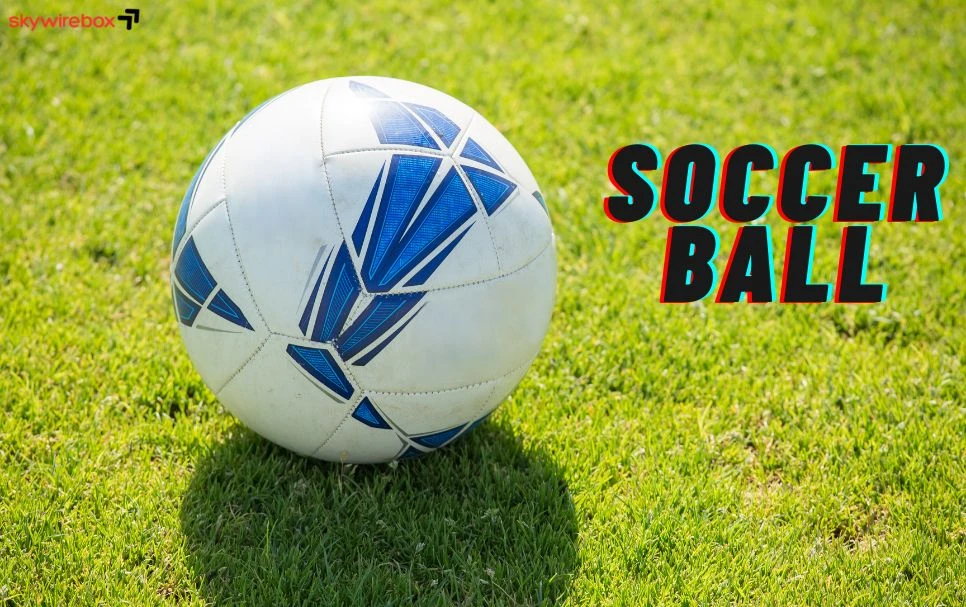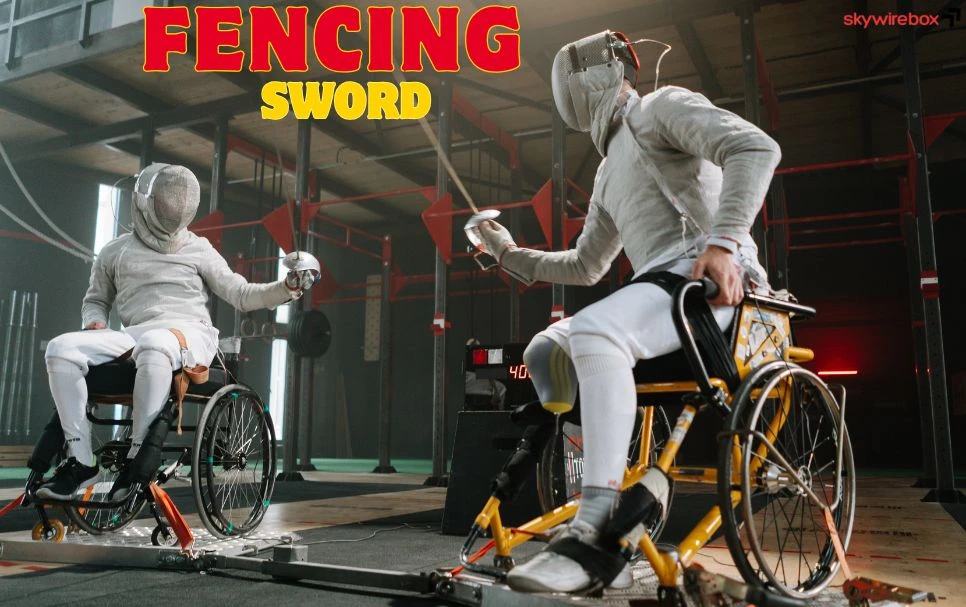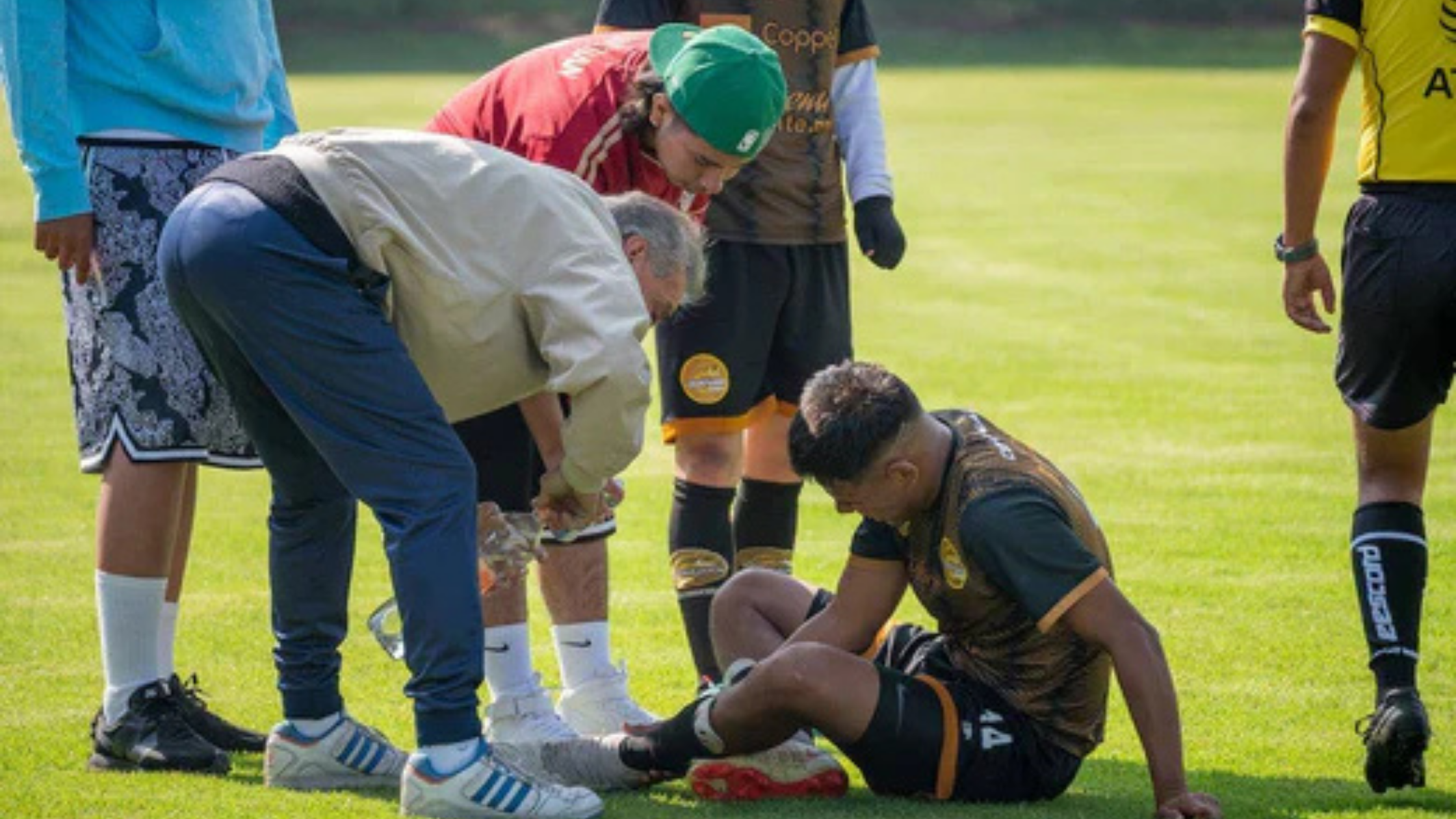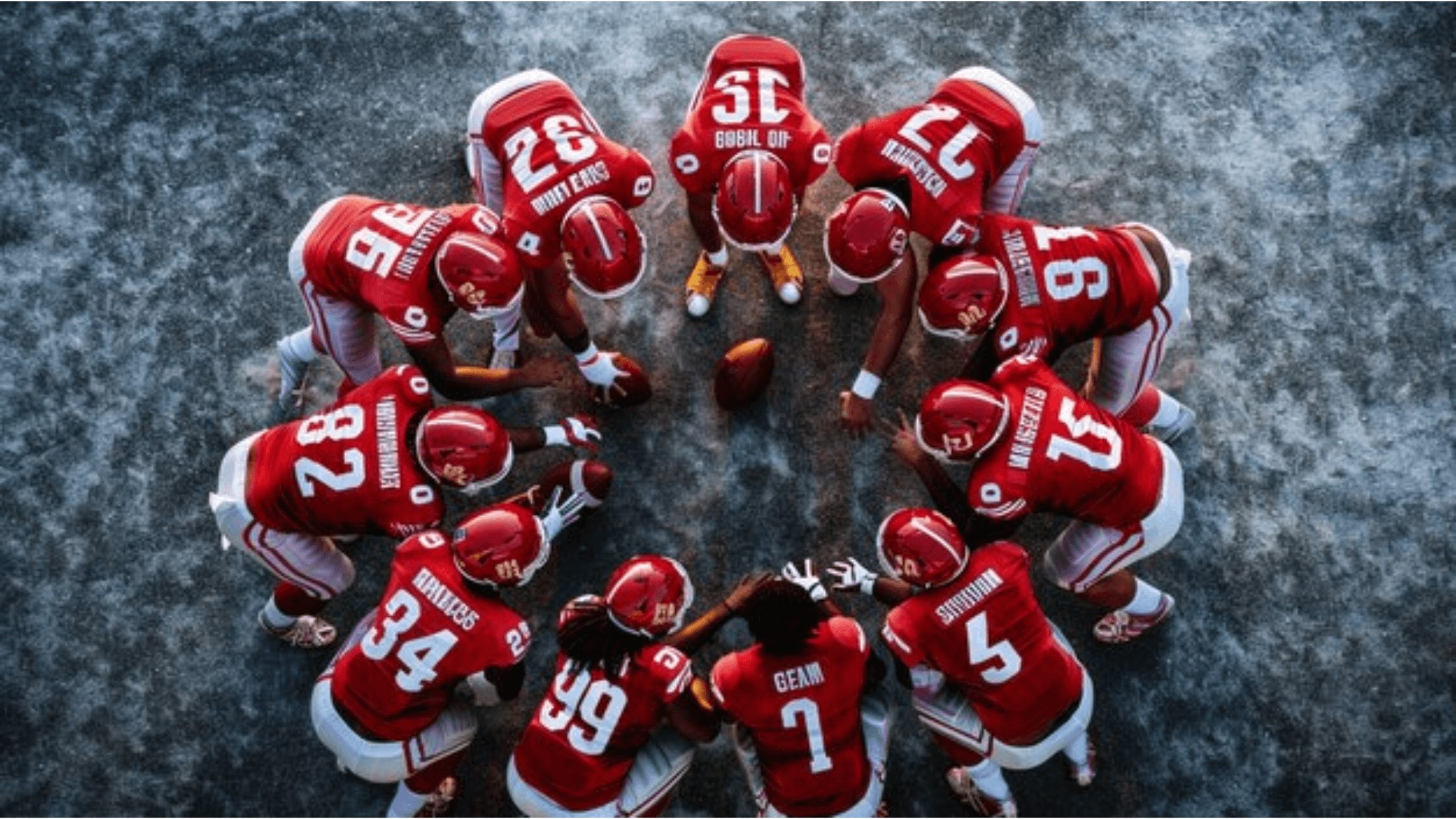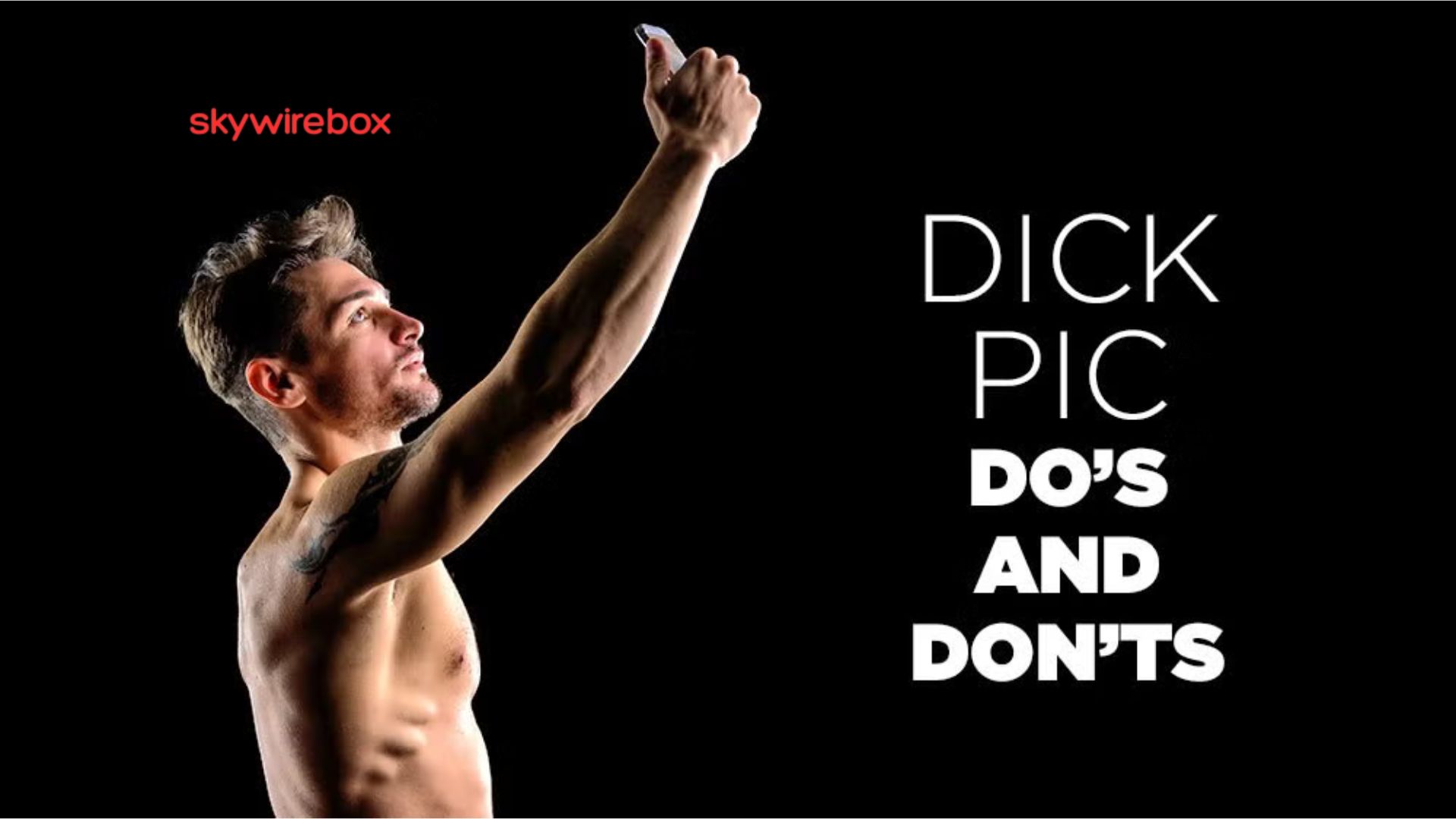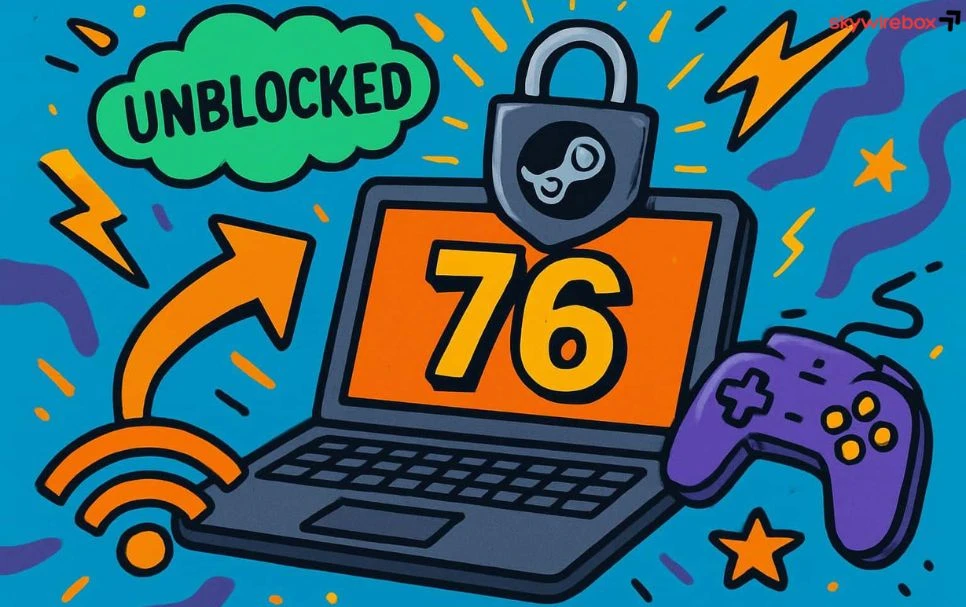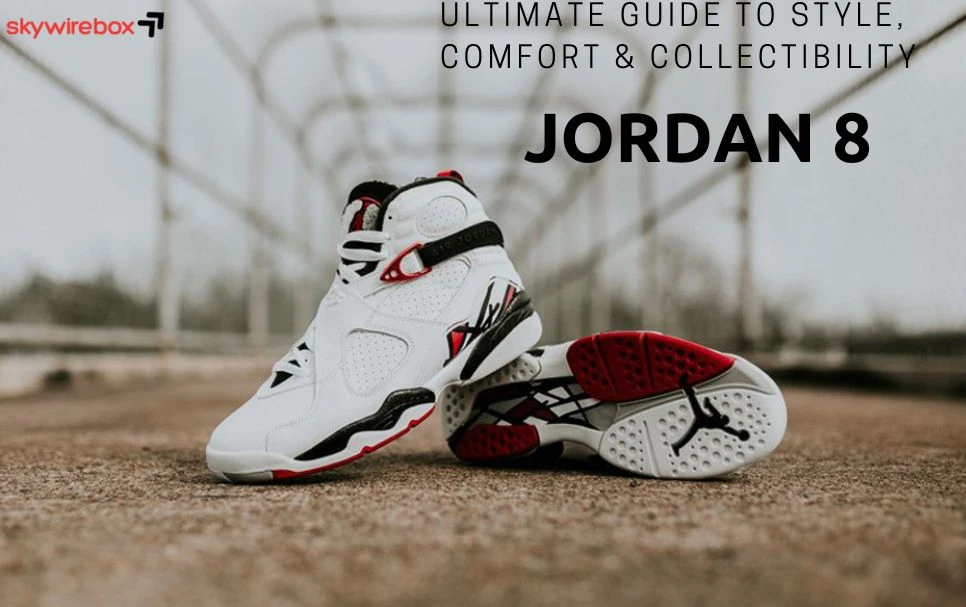When you hold a soccer ball, you’re holding more than just a piece of sports equipment you’re holding the key to excitement, skill, and unforgettable moments. Whether you’re aiming to score your first goal or perfect your dribbling, the right soccer ball makes all the difference in your game.
But with so many options out there, how do you choose the perfect one for your needs? You’ll discover everything you need to know about soccer balls, from materials to sizes, and how to pick the best one to boost your performance and enjoyment on the field.
Ready to take your game to the next level? Let’s dive in.
Ball Types
Match ballsare made for official games. They have a high-quality surfaceand precise weight. These balls are tested for durabilityand performance. Most professional leagues use match balls.
Training ballsare designed for practice sessions. They are more durableand usually less expensive. Training balls can handle rough useon different surfaces. They help players improve skills without worrying about damage.
Recreational ballsare for casual play. They are often softer and lighter. These balls are perfect for fun gamesand beginners. They are made to be safe and easy to kick around.
Material Choices
Leathersoccer balls feel soft and last long. They absorb water, so they get heavy when wet. Used mostly for professional play. Synthetic leatheris lighter and cheaper than real leather. It can handle wet fields better and stays durable.
Polyurethane (PU)offers a smooth surface and good touch. It is more flexible and holds air well. PU balls are common in training and matches.
PVCballs are the most affordable. They are less soft and not as durable. Great for kids and casual play but not for serious games.
Size And Weight
The standard soccer ball sizesrange from 1 to 5. Size 5 is the official size for players aged 12 and above. Size 4 suits players aged 8 to 12, while Size 3 is for children under 8. Smaller sizes help kids learn control and improve skills.
Soccer ball weights varywith size. Size 5 balls weigh between 410 and 450 grams. Size 4 balls weigh slightly less, about 350 to 390 grams. Lighter balls are easier for younger players to kick and handle.
| Size | Age Group | Weight (grams) |
|---|---|---|
| 3 | Under 8 years | 300 – 320 |
| 4 | 8 – 12 years | 350 – 390 |
| 5 | 12 years and older | 410 – 450 |
Panel Construction
The traditional 32-panelsoccer ball uses hexagons and pentagons. This design offers a classic look and good control. It is stitched together by hand or machine.
Thermally bonded panelsare sealed with heat, not stitches. This makes the ball more water-resistantand durable. The surface is smoother, which helps the ball fly straighter.
Fewer panel designsuse large panels, usually 14 or less. These balls have fewer seams and less air resistance. They tend to be faster and more stable in flight.
Inflation And Pressure
The recommended PSIfor most soccer balls is between 8.5 and 15.6 PSI. This range keeps the ball firm but not too hard, allowing better control and bounce. Too much pressure can cause the ball to feel stiff and may affect how it moves.
Soccer balls have different valve types, such as butylor latex valves. Butyl valves keep air longer, so the ball stays inflated for more games. Latex valves provide a softer touch but may lose air faster. Knowing your ball’s valve helps keep the right pressure.
Maintaining the right pressure means checking the ball before playing. Use a pump with a pressure gaugeto avoid over or under-inflation. Check often, especially in cold or hot weather, as temperature changes affect air inside the ball. Proper pressure helps the ball last longer and play better.
Durability Factors
Strong stitchingkeeps the soccer ball from falling apart. Tight, even stitches last longer and hold the panels well. Loose or weak stitching causes quick damage.
The surface textureaffects grip and control. A rough, patterned surface helps players handle the ball better. Smooth surfaces might look nice but wear out fast.
Water resistancestops the ball from soaking up water during rain. Balls with good water resistance stay light and keep their shape. Wet balls get heavy and hard to play with.
Brand And Price
Top brandslike Nike, Adidas, and Puma offer quality soccer balls. Nike balls usually cost between $30 and $100. Adidas provides options from $13 to $40. Puma balls are priced around $30 to $50. These brands are trusted for durability and performance.
Budget optionsinclude Walmart’s Athletic Works soccer balls. They cost less than $10and are good for beginners or casual play. DICK’S Sporting Goods also has affordable balls around $15 to $37.
Value for moneydepends on your needs. Mid-range balls from Adidas or Nike offer good quality without high prices. For casual players, budget balls work fine. Serious players might want to invest in premium brands for better control and durability.
Where To Buy
Many sports storesoffer a wide range of soccer balls. These include popular brands like Nike, Adidas, and Puma. Prices vary from $10 to $100, depending on quality and brand. Some stores nearby are DICK’S Sporting Goods, Academy Sports + Outdoors, and Walmart. You can try the ball in person before buying.
Online marketplaceslike Amazon, eBay, and Walmart’s website provide many choices. You can compare prices and read reviews easily. Delivery is usually fast, and some sellers offer free shipping. Online shopping is good for finding deals and rare models.
Local retailersmay include small sports shops and department stores. They often have fewer options but can give personal advice. Supporting local shops helps your community and may allow quick exchanges or returns.
Care Tips
Cleaninga soccer ball is simple. Use a soft cloth and warm water. Avoid harsh chemicals that can damage the surface. Wipe the ball gently to remove dirt and mud. Let it air dry completely before storing.
Storageis important to keep the ball in good shape. Store it in a cool, dry place away from direct sunlight. Avoid placing heavy objects on the ball to prevent it from losing shape. Use a ball bag or box for protection.
Repairing Minor Damagecan extend the ball’s life. Small cuts or scratches can be fixed with a patch kit. Clean the damaged area before applying the patch. Press firmly and let it dry. Check the ball regularly for new damage.
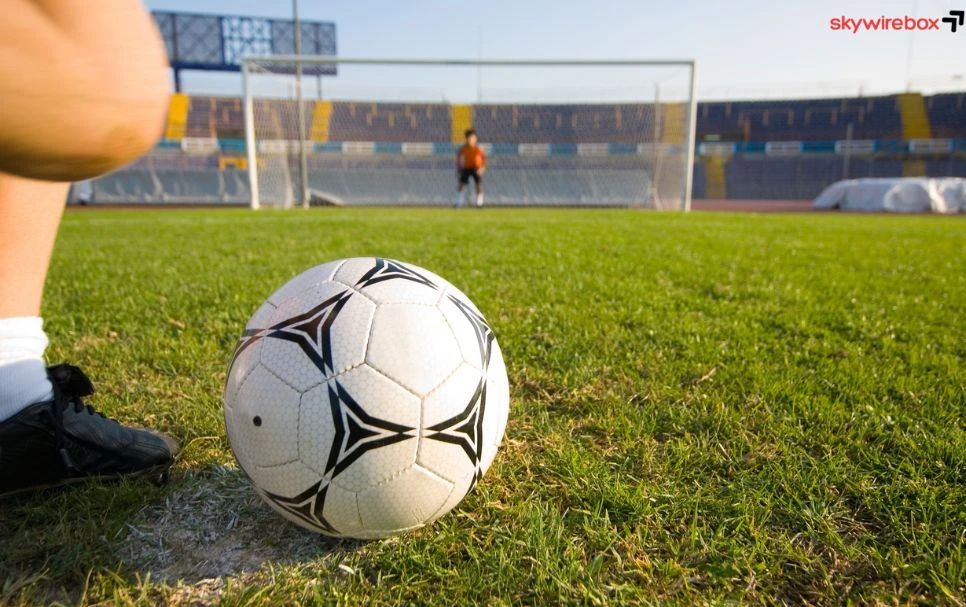
Frequently Asked Questions
What Is The Difference Between Football And Soccer?
Football and soccer refer to the same sport in most countries. The term “football” is used globally, while “soccer” is common in the United States and Canada. Both involve kicking a ball to score goals but differ mainly in regional naming conventions.
What Is A Soccer Ball Shape Called?
A soccer ball shape is called a truncated icosahedron. It features 12 black pentagons and 20 white hexagons. This design provides durability and a near-spherical form.
What Is A Soccer Ball Called?
A soccer ball is called a “football” in most countries. It is a spherical ball used in soccer games worldwide.
What Soccer Balls Do Professionals Play With?
Professional soccer players use FIFA-approved balls like the Adidas Telstar, Nike Flight, and Puma Orbita. These balls ensure top performance and durability.
Conclusion
Choosing the right soccer ball makes play more fun and effective. Quality, size, and material affect your game experience. Whether practicing or competing, a good ball matters. Remember to check for durability and grip before buying. Enjoy every kick and improve your skills steadily.
Soccer balls bring people together worldwide. Keep your ball well-maintained to last longer. Happy playing and stay active on the field!
Visit here for more information: football injury prevention
